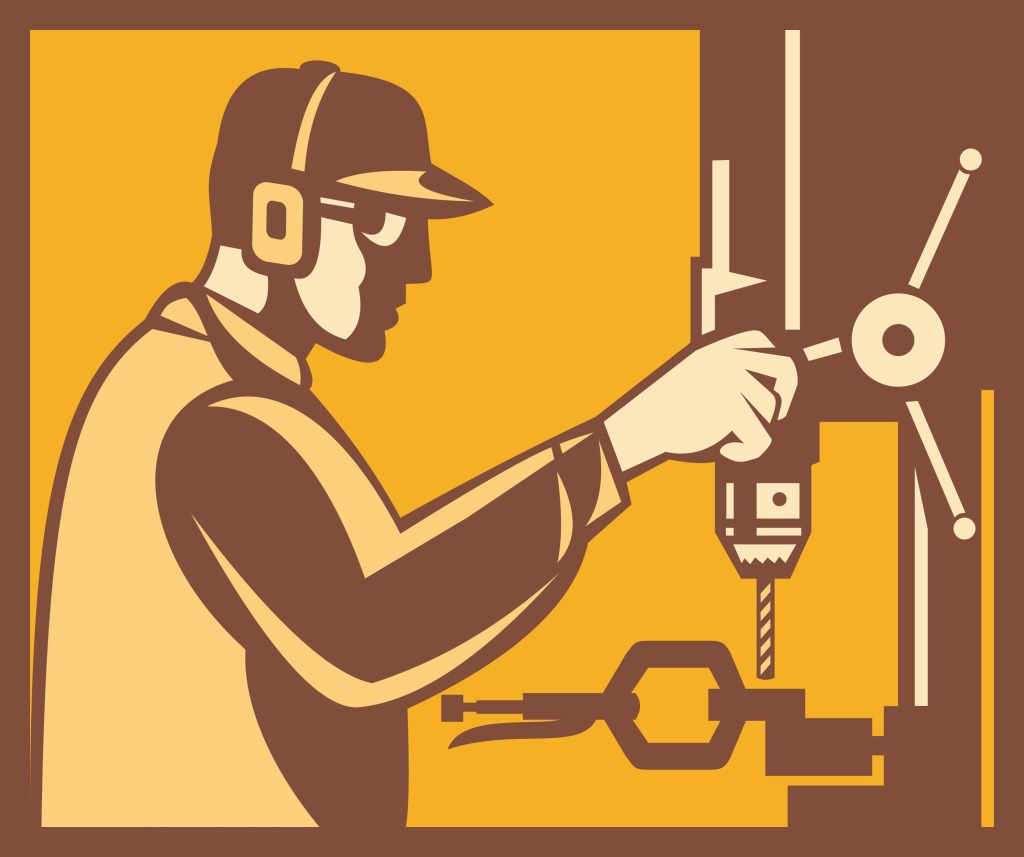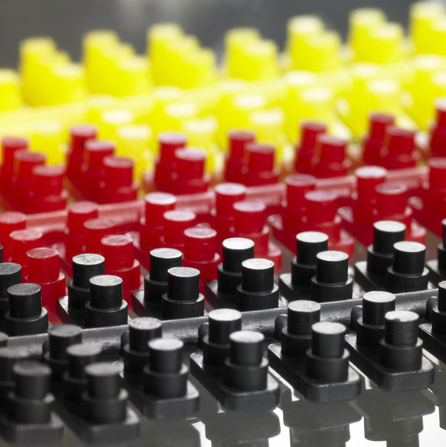
by Admin | Sep 7, 2015 | Uncategorized |
 Randy Kerkstra continued his series on venting with this article that gets into the specifics of venting and addresses many of the challenges that molders face everyday.
Randy Kerkstra continued his series on venting with this article that gets into the specifics of venting and addresses many of the challenges that molders face everyday.
One issue in particular that Randy discusses is perimeter venting. With the industry being split between who thinks it is beneficial and necessary and those who thinks it’s not.
Another issue discussed is the depth of the vents, and he does a great job of explaining his process for addressing vent depth issues.
You can read the entire article on Plastics Technology’s site here: http://www.ptonline.com/columns/tooling-venting-where-and-how-deep
by Admin | Aug 25, 2015 | Uncategorized |
In this article on ptonline.com, Randy writes about his journey of learning about venting, and uses some real world examples of how they addressed issues in the plant.
Randy is a true “hands-on” injection molding professional, and his insight into may of the challenges and insight regarding tooling and preventative maintenance are amazing.
Check out this great article on Plastics Technology: TOOLING: A View From the Trenches
by Admin | Aug 10, 2015 | Uncategorized |
Randy Kerkstra wrote a great article at MoldMaking Technology on the topic of venting of mold components.
He addresses the idea that venting of mold components, actions and part details are often not addressed as potential root causes of erosion, part quality issues and gas buildup.
You can read the full article here: The Designer’s Edge: Venting of Mold Components
Let us know what your thoughts on the topic, or if we may be of assistance with your mold maintenance or mold coating challenges.
by Admin | Jul 15, 2015 | Manufacturing, Plastics, Recent Posts, Uncategorized |
There is a direct correlation between having a well planned and managed mold maintenance and preventative maintenance program and realizing maximum value from your tooling investments. With the expectation that each and every part must be perfect, and that production speeds will increase, the pressure to have your tooling perform is real.
To maintain the tooling steel to perform consistently, it must have scheduled downtime for inspection, evaluation and diagnostics. It must also be cleaned and prepped using high quality mold cleaners, rust inhibitors and grease (like Nanoplas) to help ensure that mold is ready for production when needed.
In many cases, the mold cleaning and preparation process has been the same for many shops for many, many years, using the exact same products. In some cases, that may be OK, but in many cases, the advances in mold technologies and advances in mold cleaning and maintenance products can have a significant impact in the time and resources required to complete the required processes, allowing for faster change overs and less scrap in getting to acceptable part quality production.
By planning and managing a maintenance program, and evaluating and testing new products and methods for maintenance, shops can often extend the life of their tooling. To learn how Nanoplas products can benefit your injection molding operation, contact us today!

by Nanomold Coating | Nov 14, 2014 | Uncategorized |
 Mold Making and Injection Molding: Two Separate Worlds
Mold Making and Injection Molding: Two Separate Worlds
During the first 14 years of my career, when I was building and designing injection molds, gating and runners were not really a focus. In most cases mold making and Injection Molding are two different worlds, so in my case I had no idea what was going on over in the injection molding side. The gates and runners had no impact on my focus, which was to build robust tools. In 2002 when I made the switch from Mold Making to the Injection Molding arena, gating and runners were an area that jumped out at me right away as not really having any type of standard. (more…)

by Admin | Sep 2, 2014 | Uncategorized |
 This is the final installment in a series on flash free molding. [Read Part 1 and Part 2.] In this article, we will get into issues with tool design with shut-offs, parting line maintenance, and where the machine can contribute to flash. First, I would like to briefly go over how to define flash. Flash at times can be difficult to eliminate, and many will give up and accept this defect. Flash also can be miss-diagnosed at times with miss-matched parting lines or feather flash. I have seen miss-match called flash many times, but if it is flash you can see or feel it from both sides, miss-match will only be seen or felt from one side. (more…)
This is the final installment in a series on flash free molding. [Read Part 1 and Part 2.] In this article, we will get into issues with tool design with shut-offs, parting line maintenance, and where the machine can contribute to flash. First, I would like to briefly go over how to define flash. Flash at times can be difficult to eliminate, and many will give up and accept this defect. Flash also can be miss-diagnosed at times with miss-matched parting lines or feather flash. I have seen miss-match called flash many times, but if it is flash you can see or feel it from both sides, miss-match will only be seen or felt from one side. (more…)
 Randy Kerkstra continued his series on venting with this article that gets into the specifics of venting and addresses many of the challenges that molders face everyday.
Randy Kerkstra continued his series on venting with this article that gets into the specifics of venting and addresses many of the challenges that molders face everyday.

 Mold Making and Injection Molding: Two Separate Worlds
Mold Making and Injection Molding: Two Separate Worlds